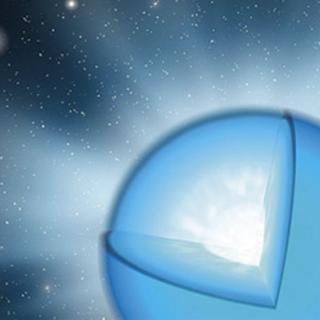Bibcode
Renzo, M.; de Mink, S. E.; Lennon, D. J.; Platais, I.; van der Marel, R. P.; Laplace, E.; Bestenlehner, J. M.; Evans, C. J.; Hénault-Brunet, V.; Justham, S.; de Koter, A.; Langer, N.; Najarro, F.; Schneider, F. R. N.; Vink, J. S.
Referencia bibliográfica
Monthly Notices of the Royal Astronomical Society: Letters, Volume 482, Issue 1, p.L102-L106
Fecha de publicación:
1
2019
Número de citas
21
Número de citas referidas
18
Descripción
How very massive stars form is still an open question in astrophysics.
VFTS682 is among the most massive stars known, with an inferred initial
mass of ≳150 M_⊙. It is located in 30 Doradus at a projected
distance of 29 pc from the central cluster R136. Its apparent isolation
led to two hypotheses: either it formed in relative isolation or it was
ejected dynamically from the cluster. We investigate the kinematics of
VFTS682 as obtained by Gaia and Hubble Space Telescope astrometry. We
derive a projected velocity relative to the cluster of 38± 17{ km
s^{-1}} (1σ confidence interval). Although the error bars are
substantial, two independent measures suggest that VFTS682 is a runaway
ejected from the central cluster. This hypothesis is further supported
by a variety of circumstantial clues. The central cluster is known to
harbour other stars more massive than 150 M_⊙ of similar spectral
type and recent astrometric studies on VFTS16 and VFTS72 provide direct
evidence that the cluster can eject some of its most massive members, in
agreement with theoretical predictions. If future data confirm the
runaway nature, this would make VFTS682 the most massive runaway star
known to date.
Proyectos relacionados

Propiedades Físicas y Evolución de Estrellas Masivas
Las estrellas masivas son objetos claves para la Astrofísica. Estas estrellas nacen con más de 8 masas solares, lo que las condena a morir como Supernovas. Durante su rápida evolución liberan, a través de fuertes vientos estelares, gran cantidad de material procesado en su núcleo y, en determinadas fases evolutivas, emiten gran cantidad de
Sergio
Simón Díaz